Making homes more accessible for people with mobility disabilities can be as simple as making a wooden ramp for wheelchair access at the front door or could involve a complete house renovation using the latest technology.
This site aims to give people with mobility disabilities, including those who use walkers and wheelchairs or are confined to bed, ideas for making their homes more accessible and what to look for in a house they might rent or buy.
For a more complete overview, start at the House Design section below and then move onto the Technology section.
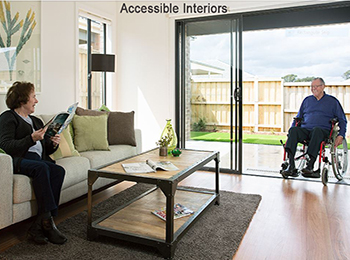



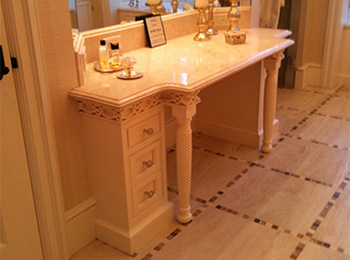
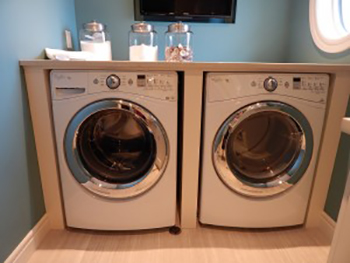
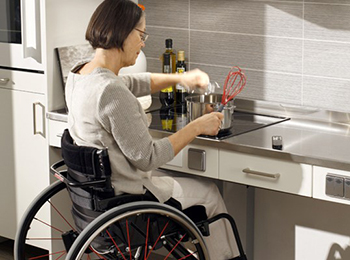
House Design
There are many ways to design a house to make if more accessible for people with mobility disabilities. The information icons on the house plan below reveal some of them.
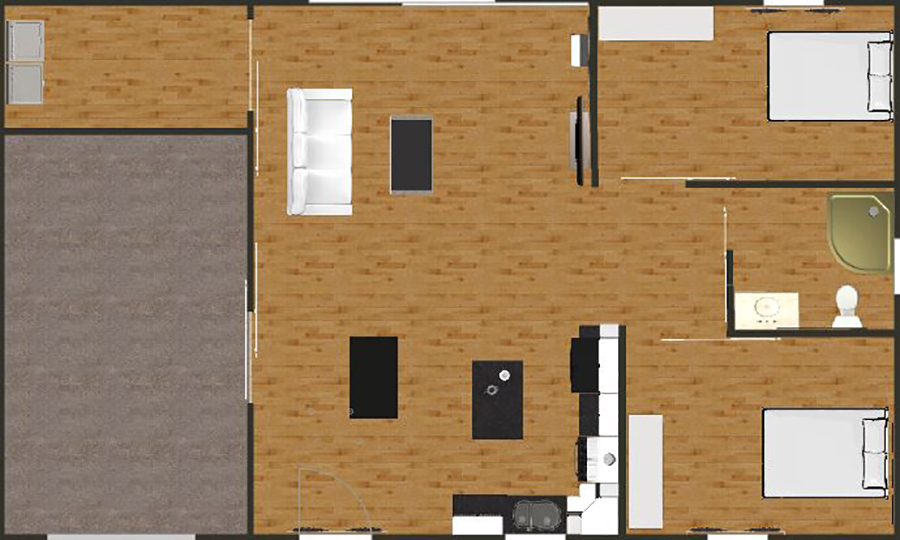
Residences should be designed with no steps in any part of the house, especially at the front and rear doors. If steps are in a pre-existing house build ramps with grab bars for walkers to steady themselves with.
A garage or carport should have enough room for someone using a wheelchair or walker to easily get in an out of a vehicle.
Power points should be about a half a metre off the floor, putting them within easy reach of someone using a wheelchair or who has trouble bending down to lower levels.
There should be plenty of room for a person in a wheelchair or using a mobility aide in the kitchen area. Liveable Australia Guidelines suggest leaving at least 1200mm space in front of kitchen appliances and benches. If the occupant is using a wheelchair, benches should have clearance underneath for the front of a wheelchair so a wheelchair user can get closer to the bench.
Showers should not have a recess so wheelchairs users can roll right into the shower. The shower should also have grab rails on the walls - as shown in the interior pictures at the start of this website.
In-built wardrobes should have drawers and hanging rails that are easily reachable when sitting in a wheelchair.
Open plan residences with minimal doorways offer fewer obstacles for people with mobility disabilities to navigate.
For a person using a wheelchair the washing machine and dryer should be front loading.
Light switches should be about a metre from the floor so they can be easily reached by someone sitting in a wheelchair.
Doorways should allow plenty of room for a wheelchair. Liveable Australia Guidelines suggest entrances should be a minimum 820mm wide.
Cupboards should be low enough for a person to access all the shelves while sitting in a wheelchair. Cupboards on wall rollers that can be pulled down to the desired height can be installed.
Floors should be firm, even and slip resistant.
Technology
There is an amazing amount of technology that can help make the residences of people with mobility disabilities more accessible. Many of these techonologies can be controlled remotely using a computer, tablet, mobile phone, or purpose built console like the one shown below.
CONTROL CONSOLE
A remote control can be used to automatically lock doors and windows or turn on a security system.
Security cameras can be installed throughout the house and at the front door. The footage could be viewed on a console, computer, tablet or phone. A family member, carer or security firm could have access to the footage to check if the house's occupant is okay.
An intercom system could be set up with an outlet at the front door. When the doorbell rings, the occupant can use the intercom to ask who it is.
Remote controlled lighting saves a person with a mobility disability going to the light switch.
A remote controlled garage door saves people with mobility disabilities getting out and in of a vehicle to open the garage.
Heating and cooling can be remote controlled so people with mobility disabilities don't need to travel to the controls.
Sensors can be placed around the house for a variety of reasons. They can sense movement and automatically turn lights on as someone moves through the house. Sensfloor is a carpet underlay that can sense if someone has fallen and remains on the floor, its accompanying software can then send an alert to the occupant's family or carer.
A remote control can be used to control music systens and televisions.
Blinds can be remotely controlled to go up and down.
Anything that plugs into a power point can be remotely controlled. Plug in switches controlled by mobile phones are a cheap way to turn manual power switches into remote controlled switches.
About AHA

Accessible Housing Australia is a not for profit organisation run by disability activist Graham Clements. He aims to create a series of simple websites about accesible accommodation for people with particular disabilities. The ideas for this website came from his work as a freelance writer writing articles for the Divine Website
Divine is a site for people with disabilities, run by the Office of Disability in Victoria, Australia. The site is currently undergoing a redevelopment and should have new content soon. Graham has written over 50 articles for the site on many different disability subjects. He has a disbility, so he knows how inaccessible the world can be.
If you have any ideas or wish to help Graham create the websites. email: graham@grahamclements.com.
